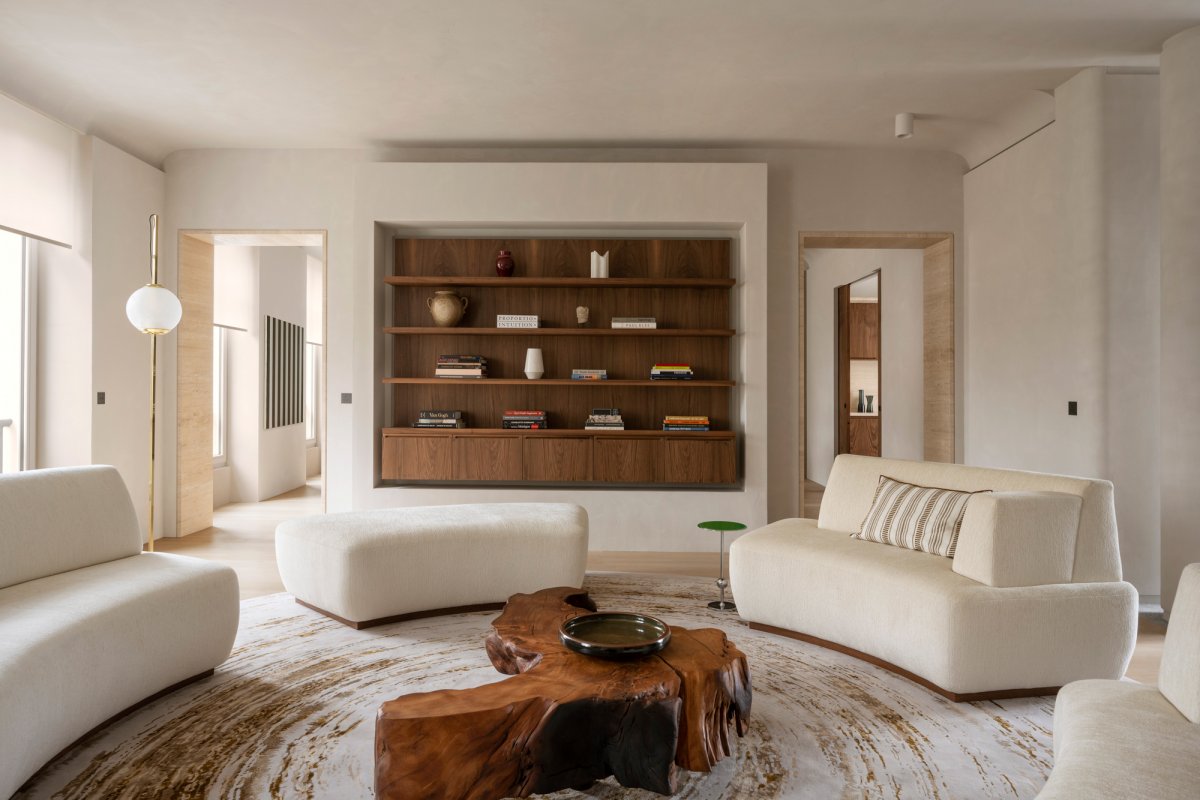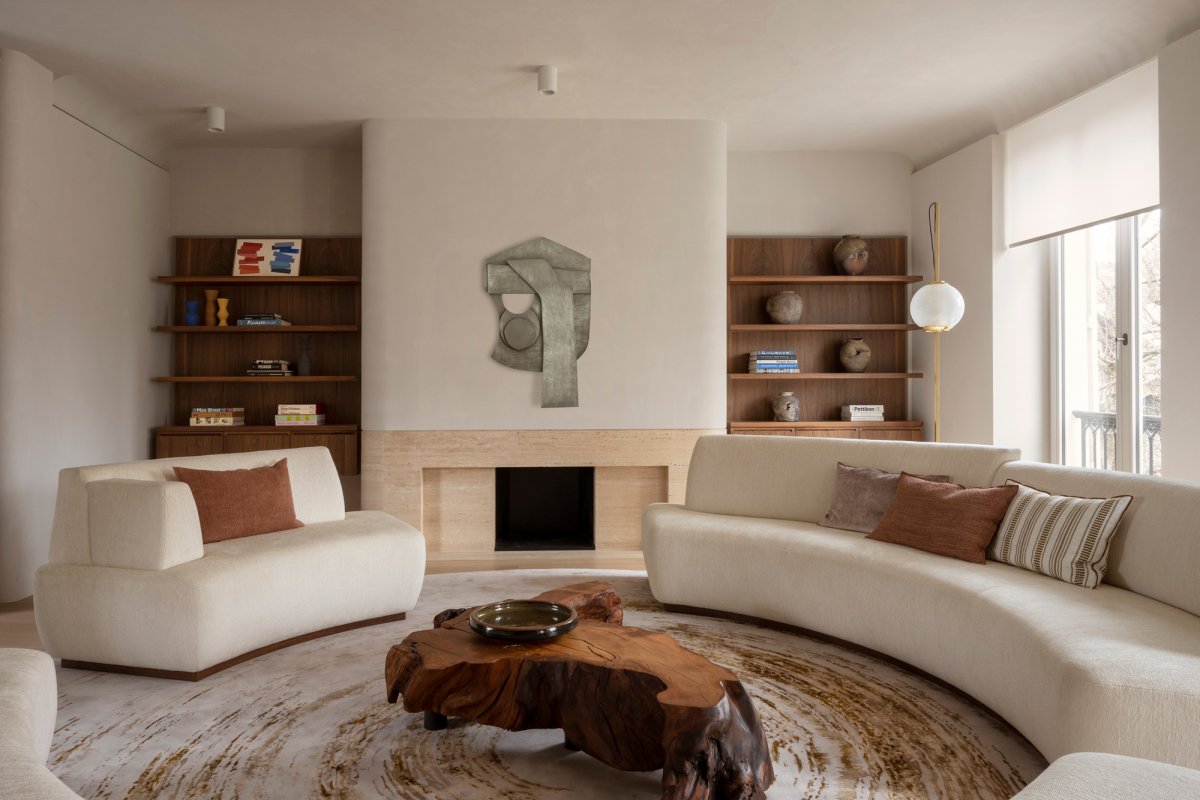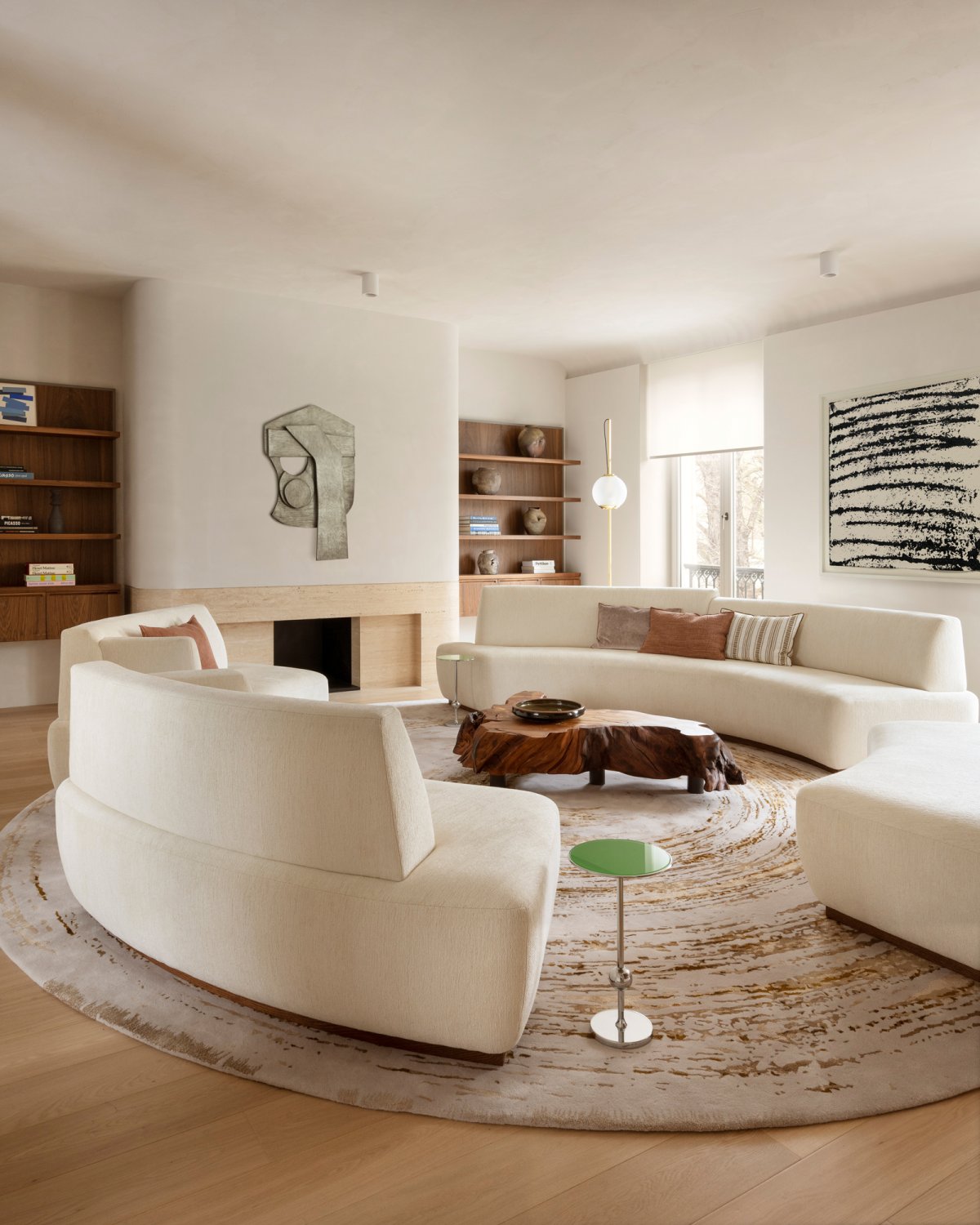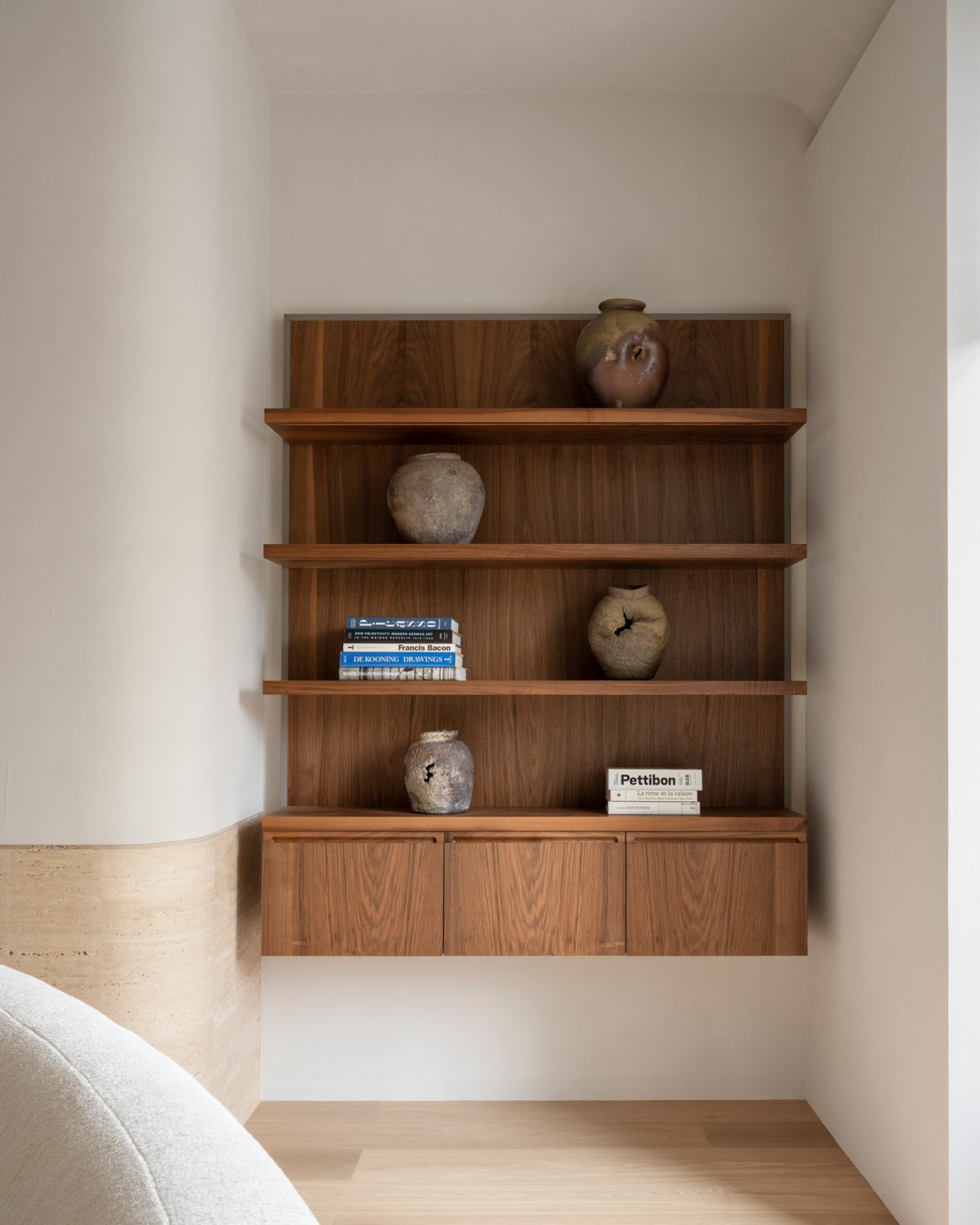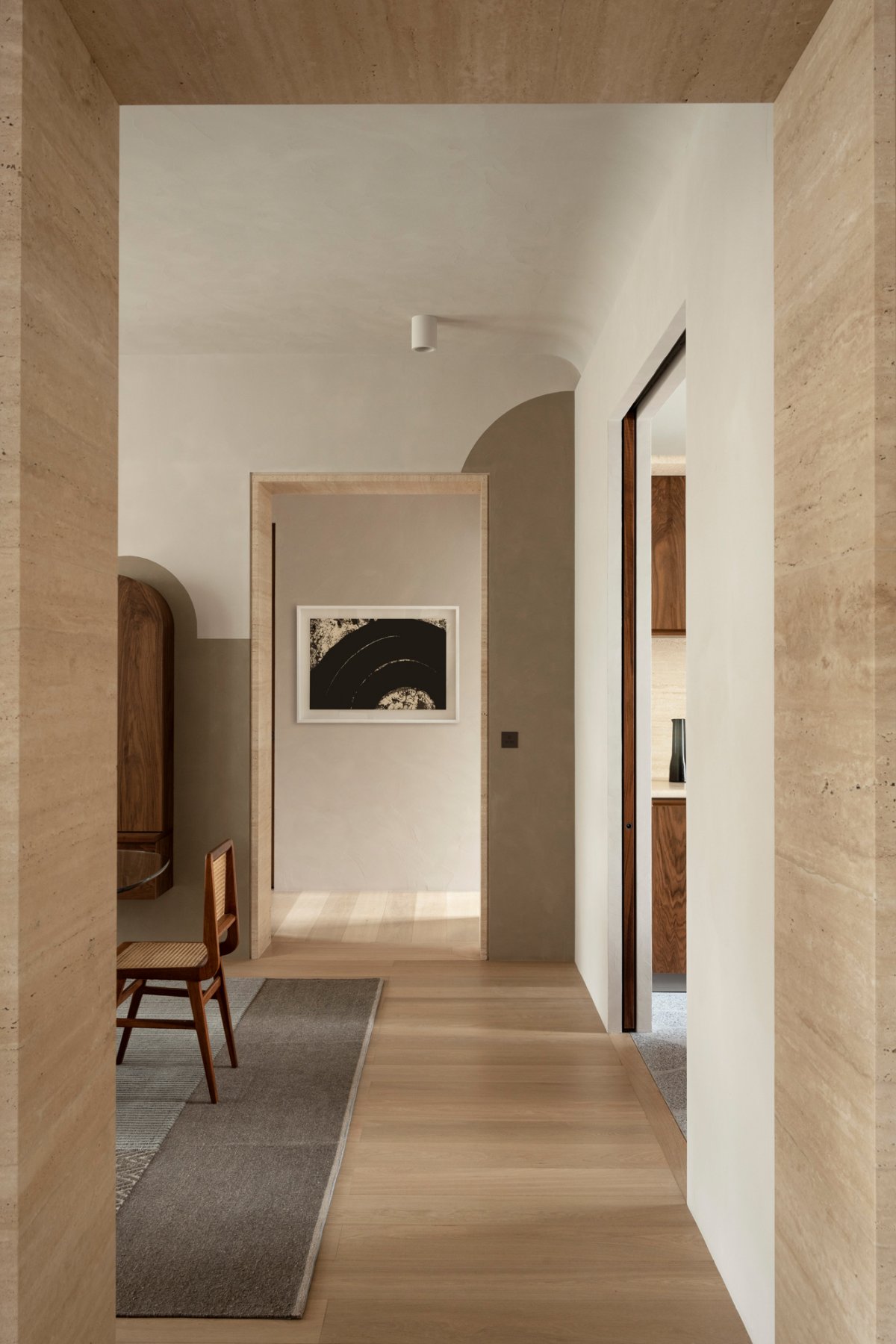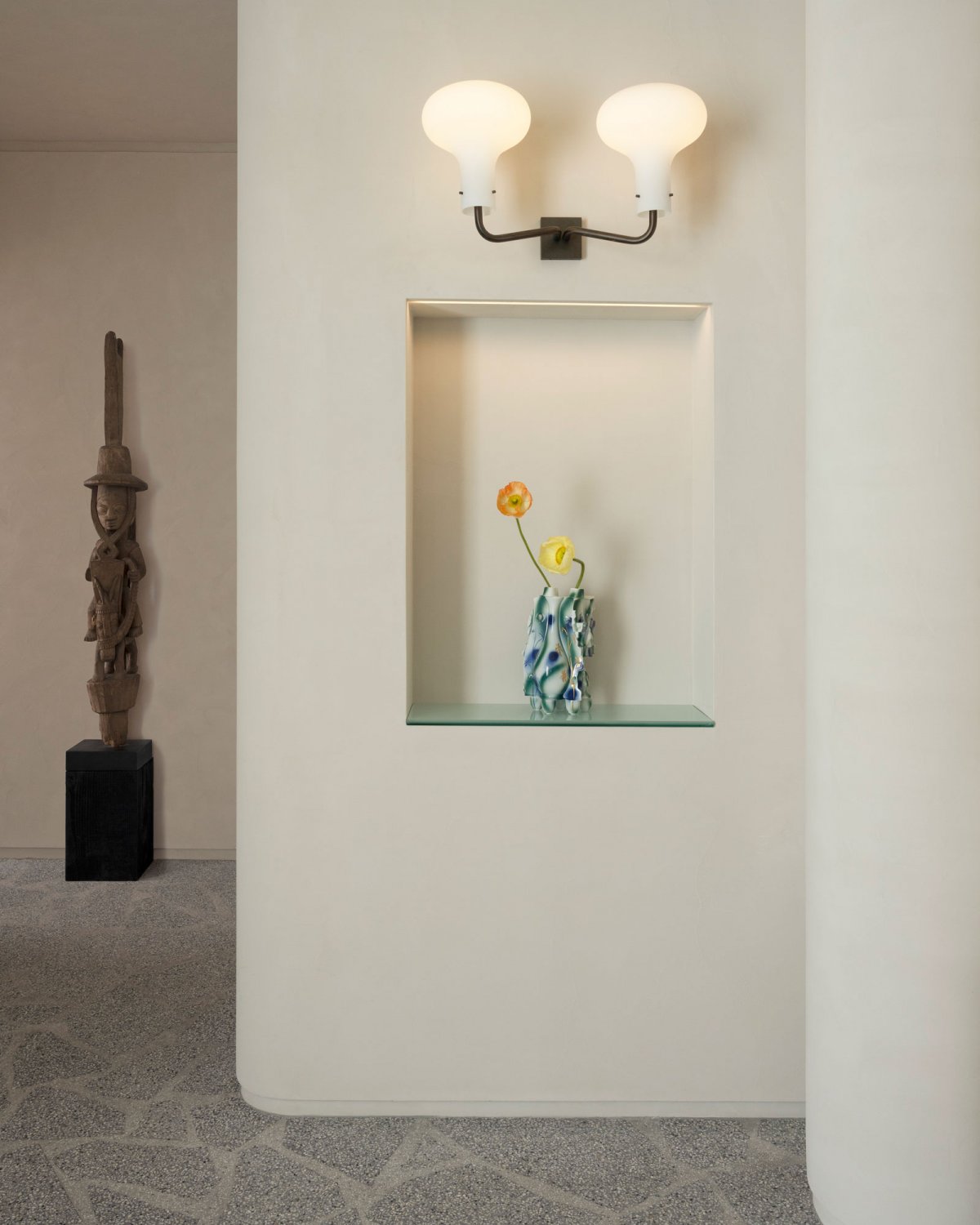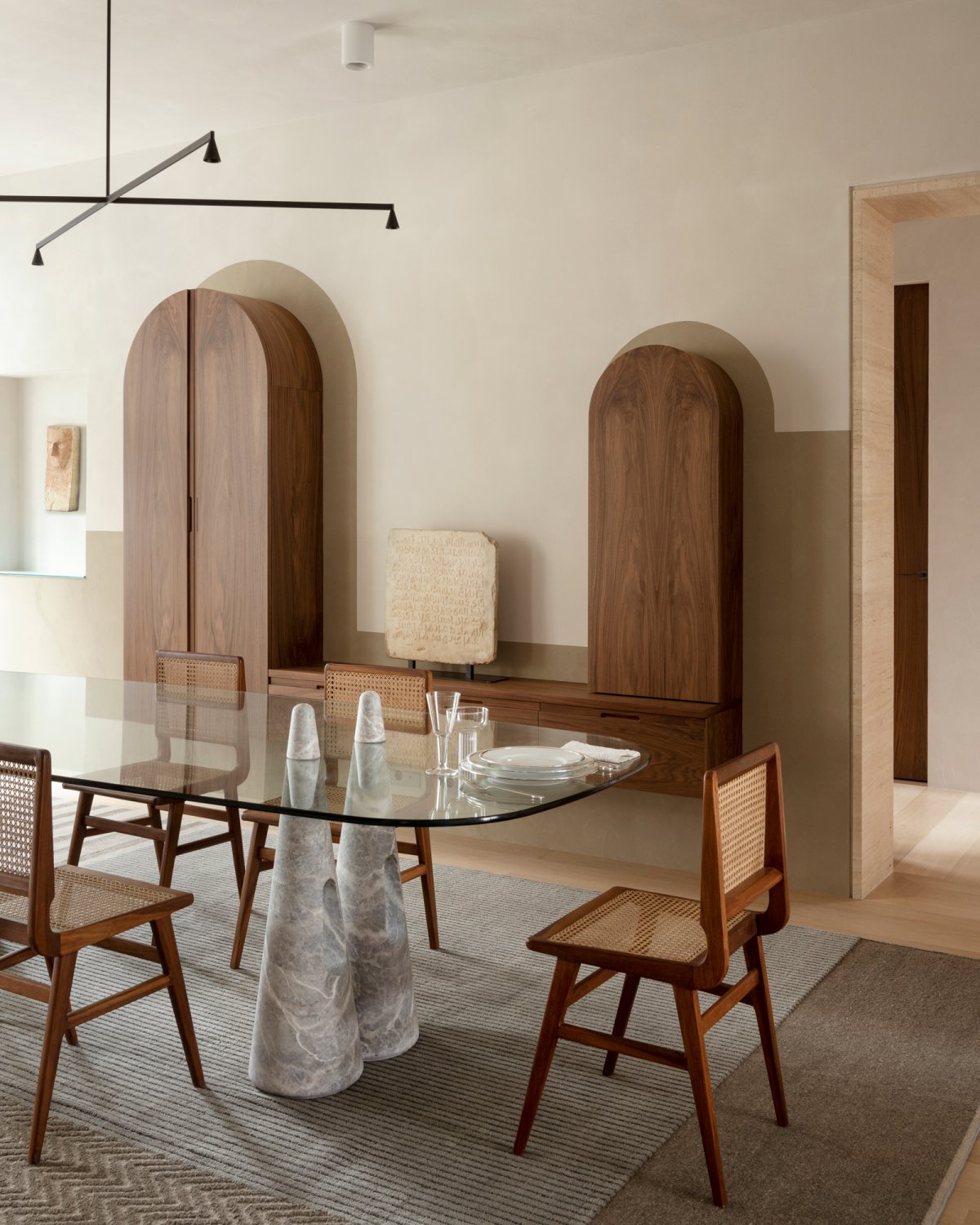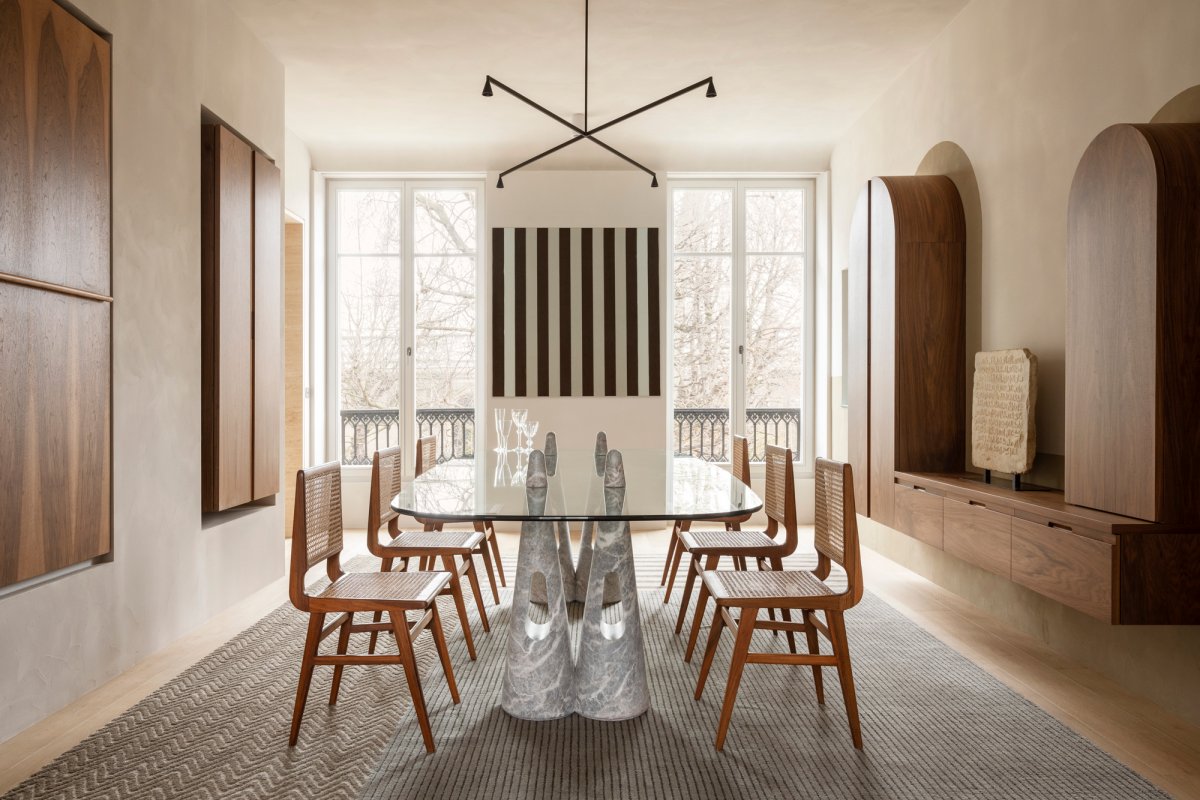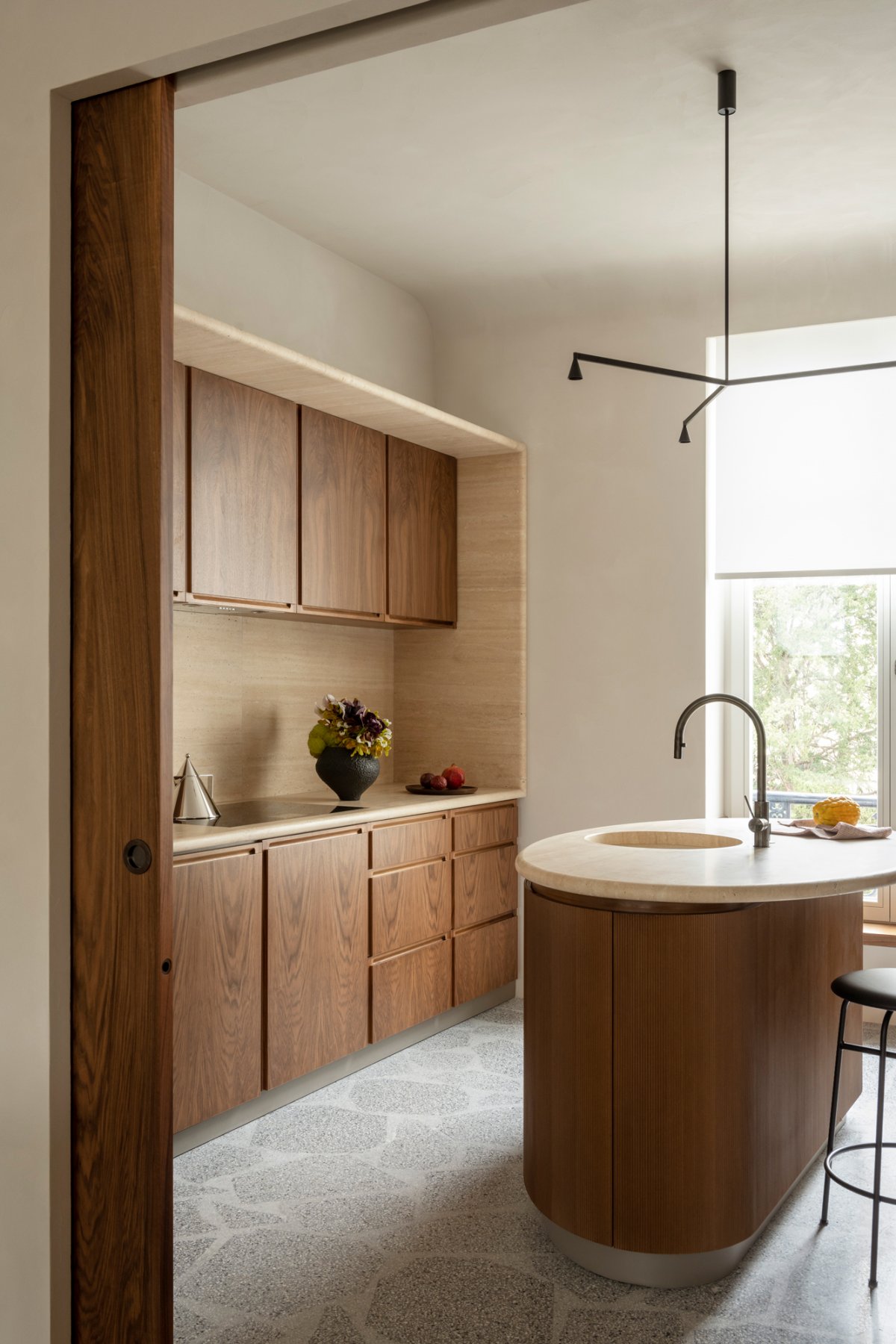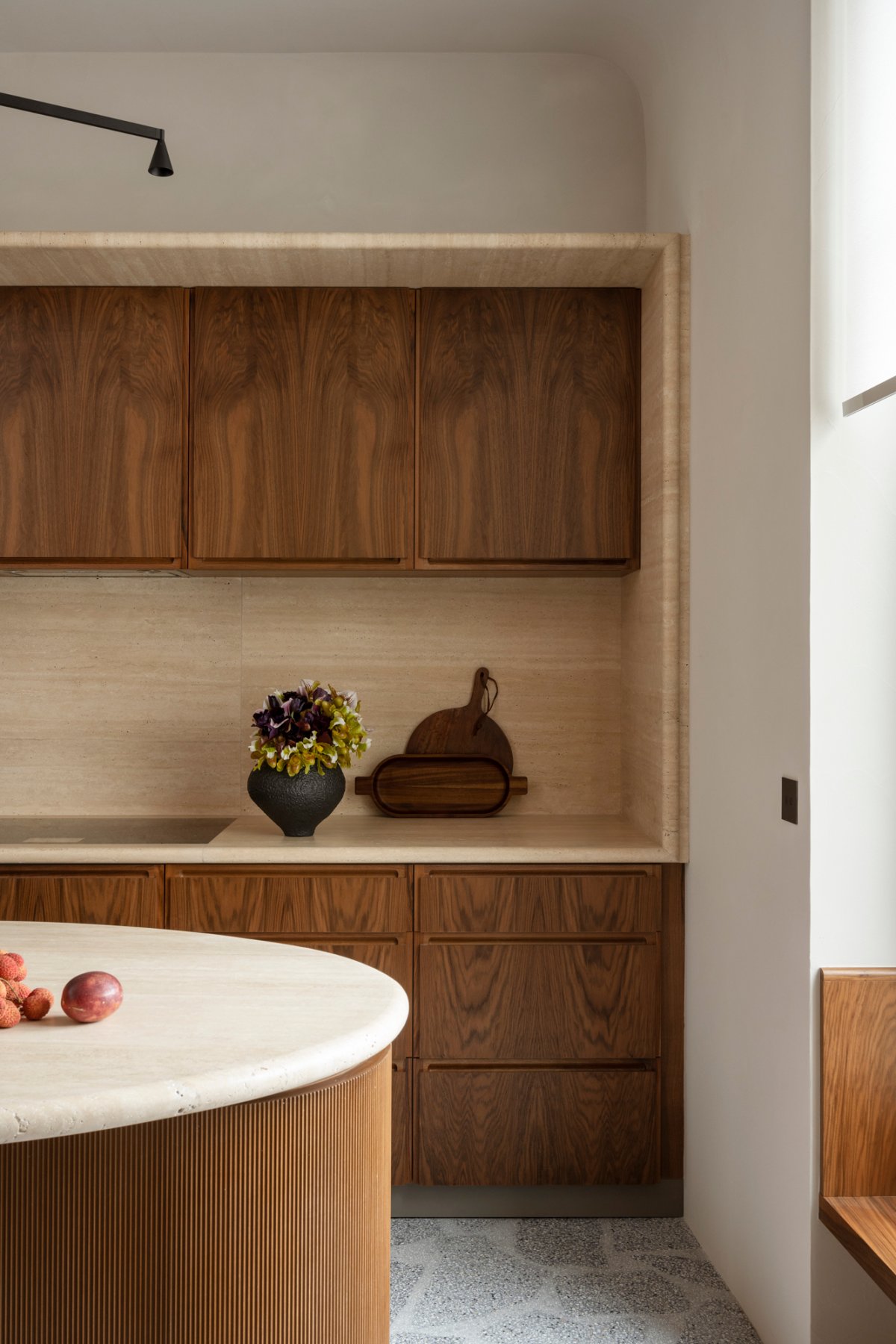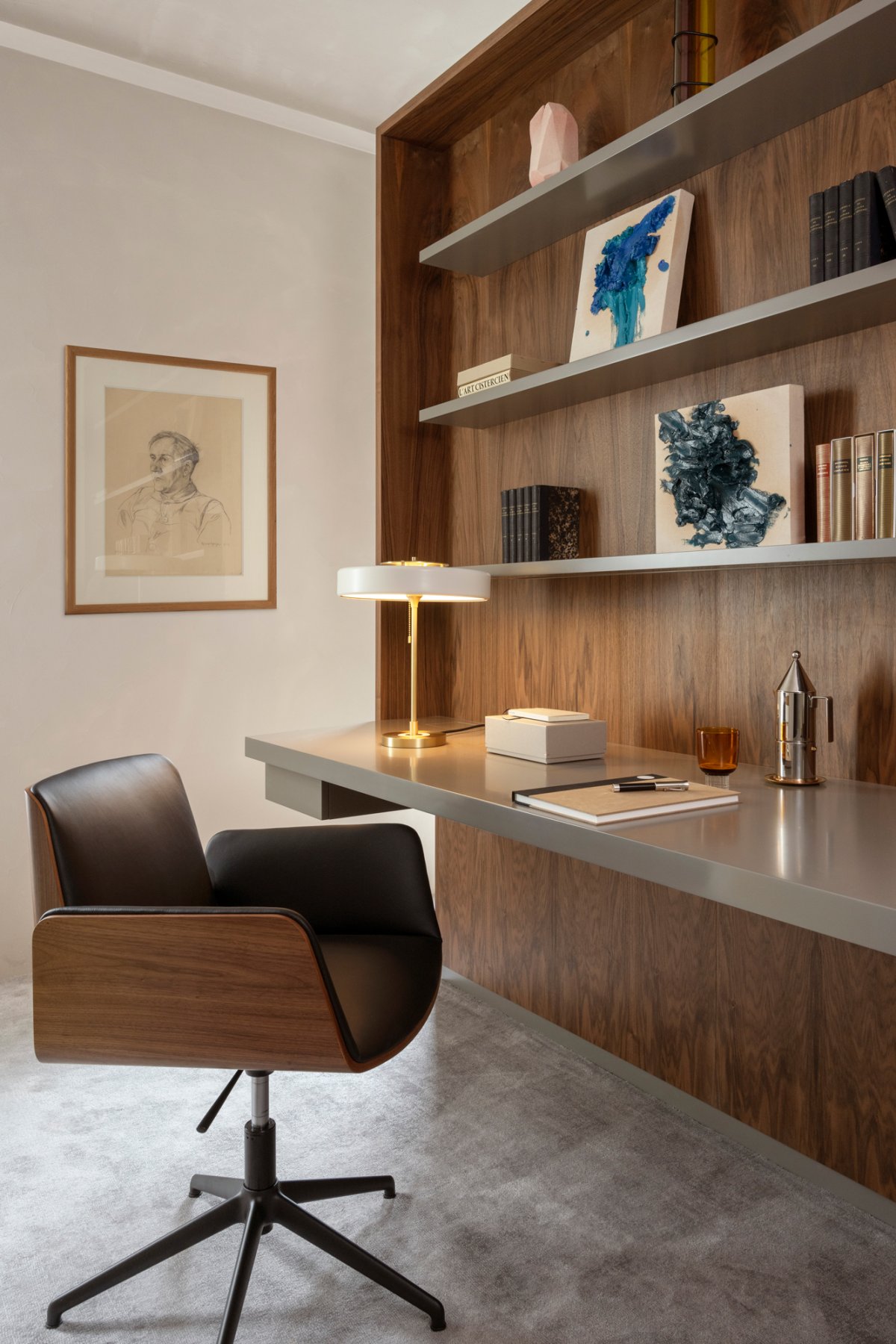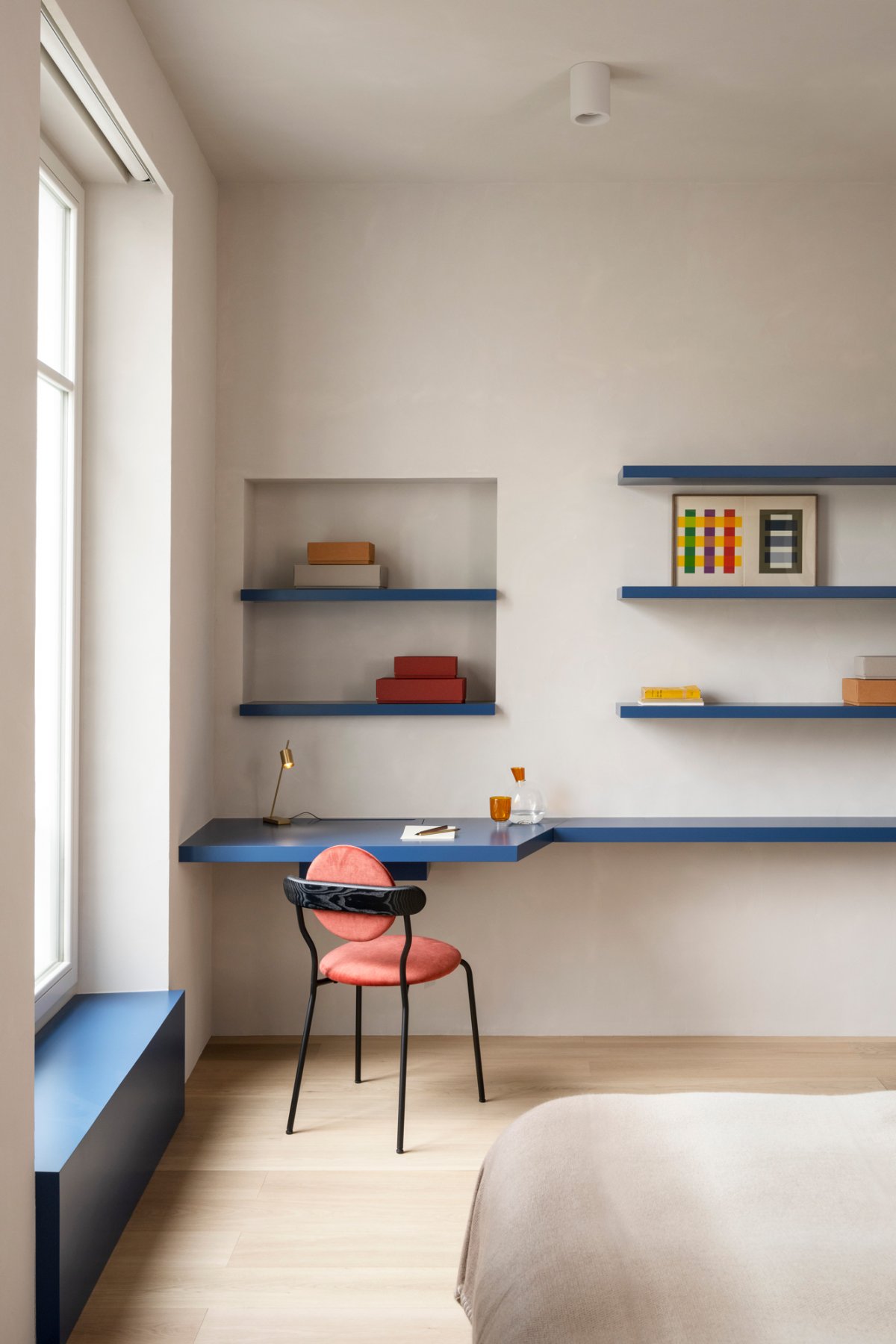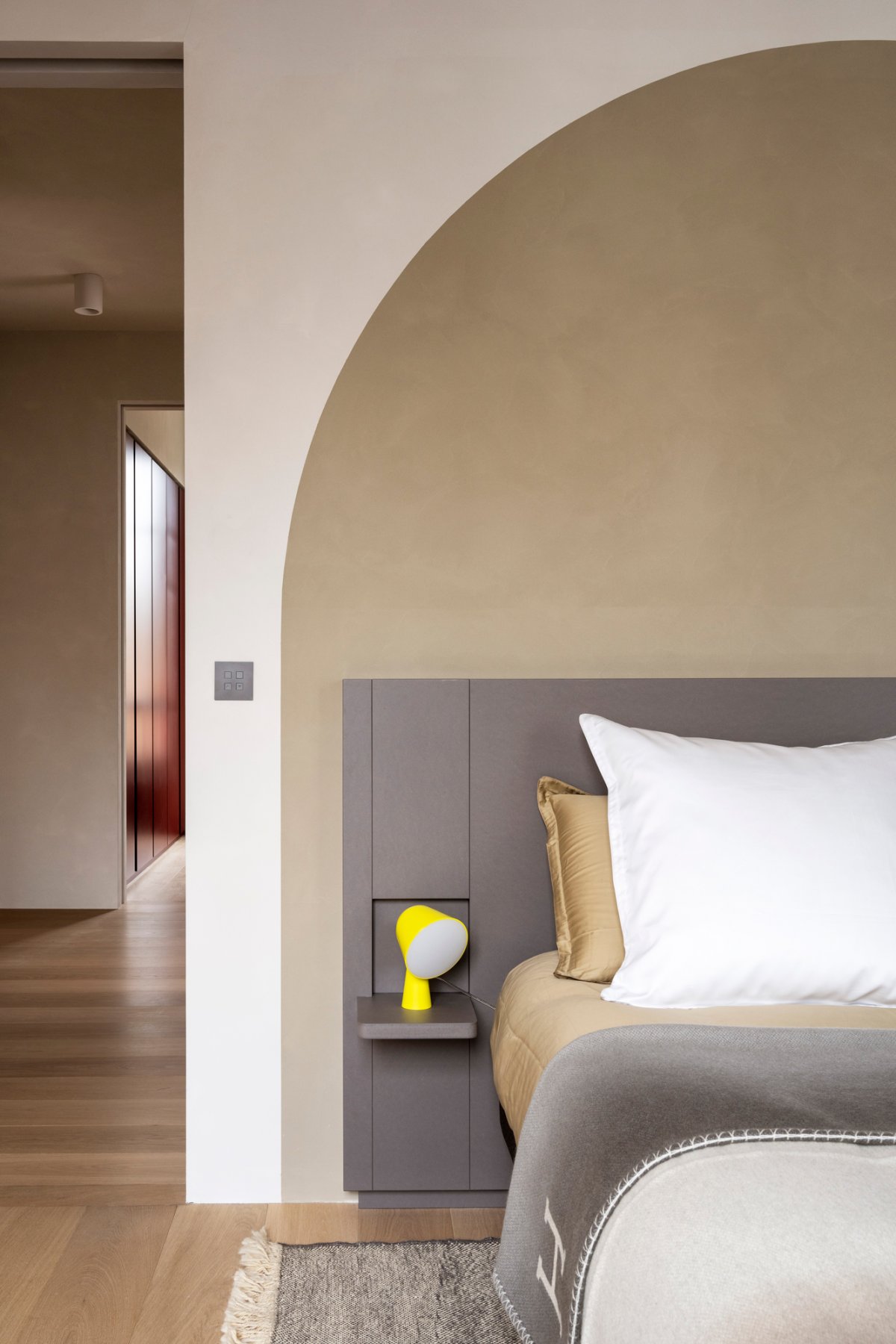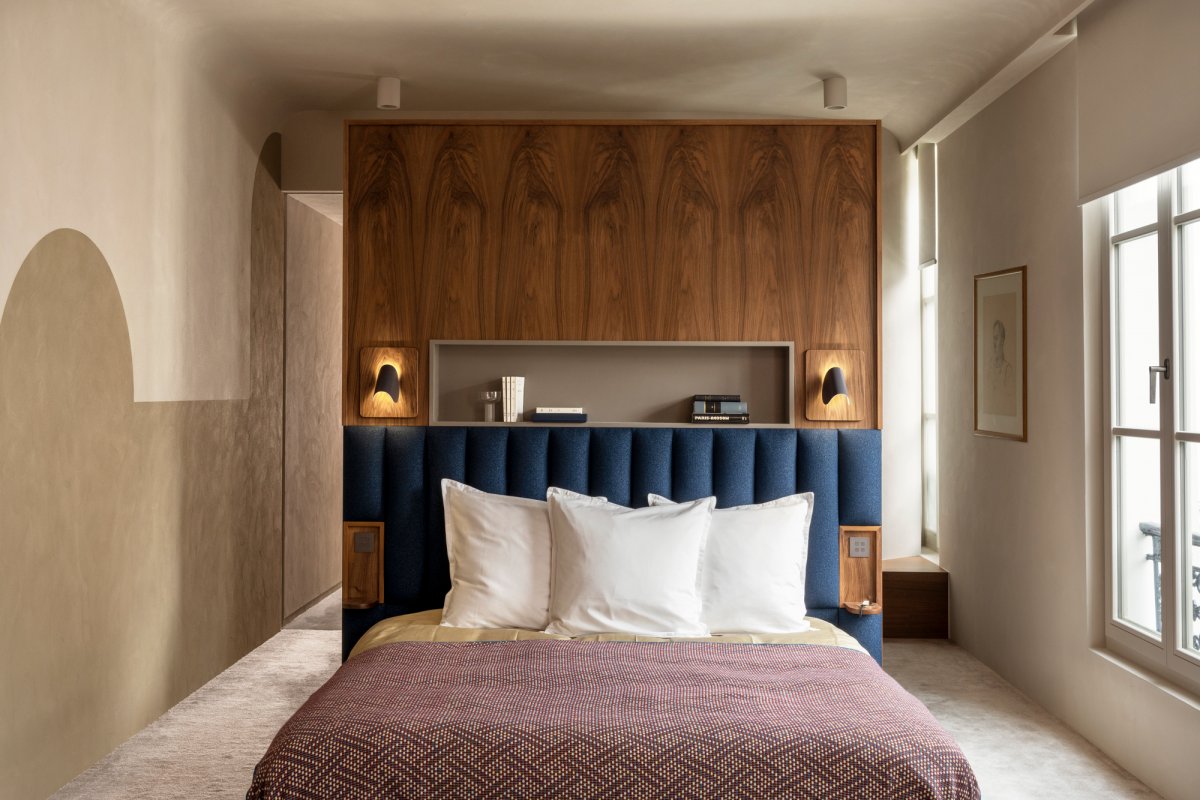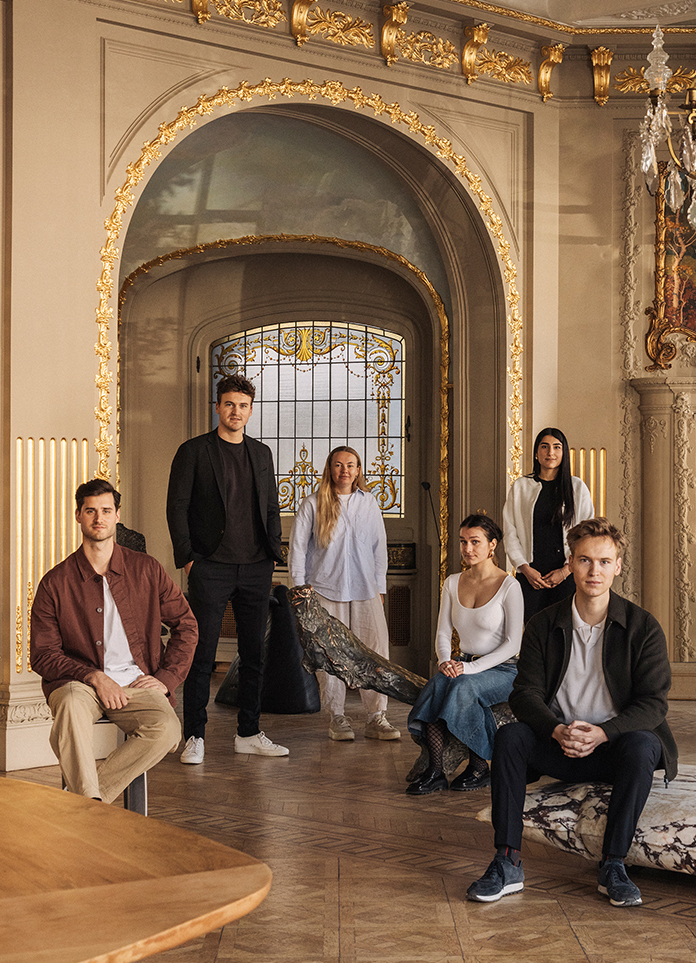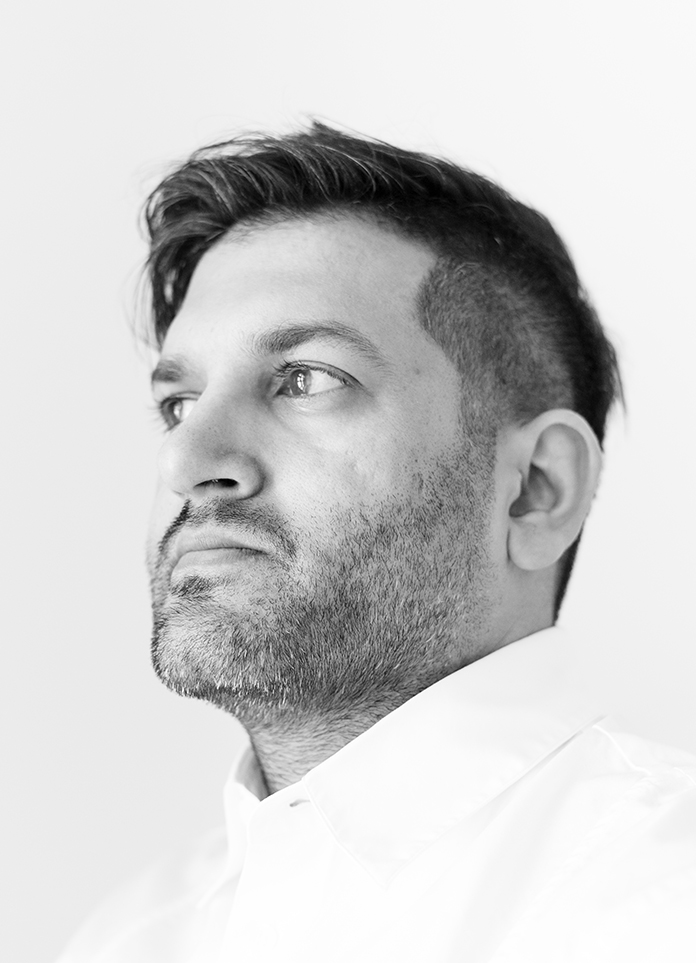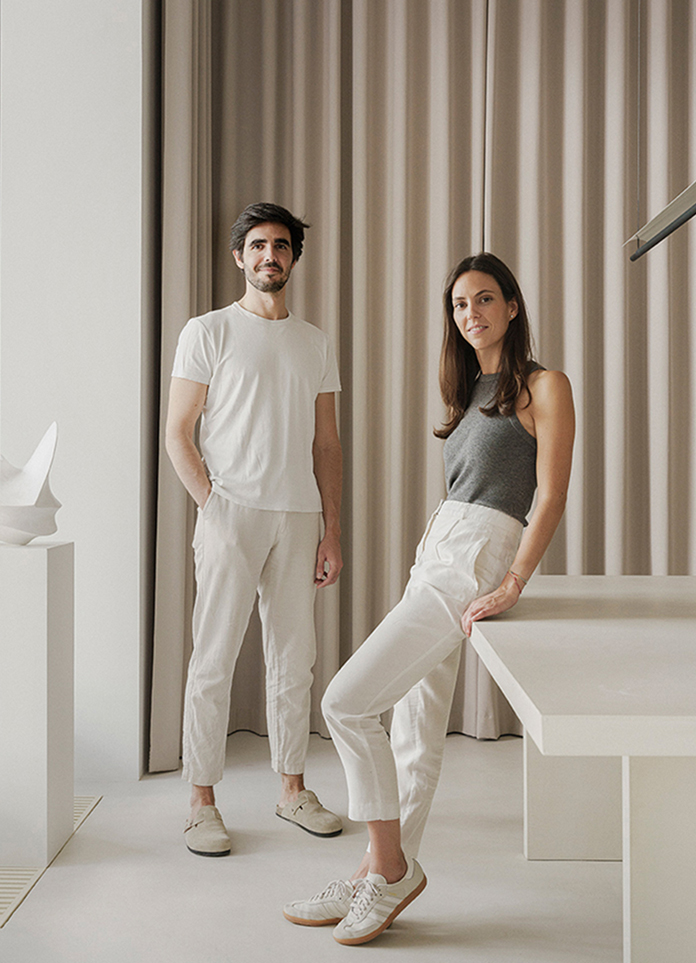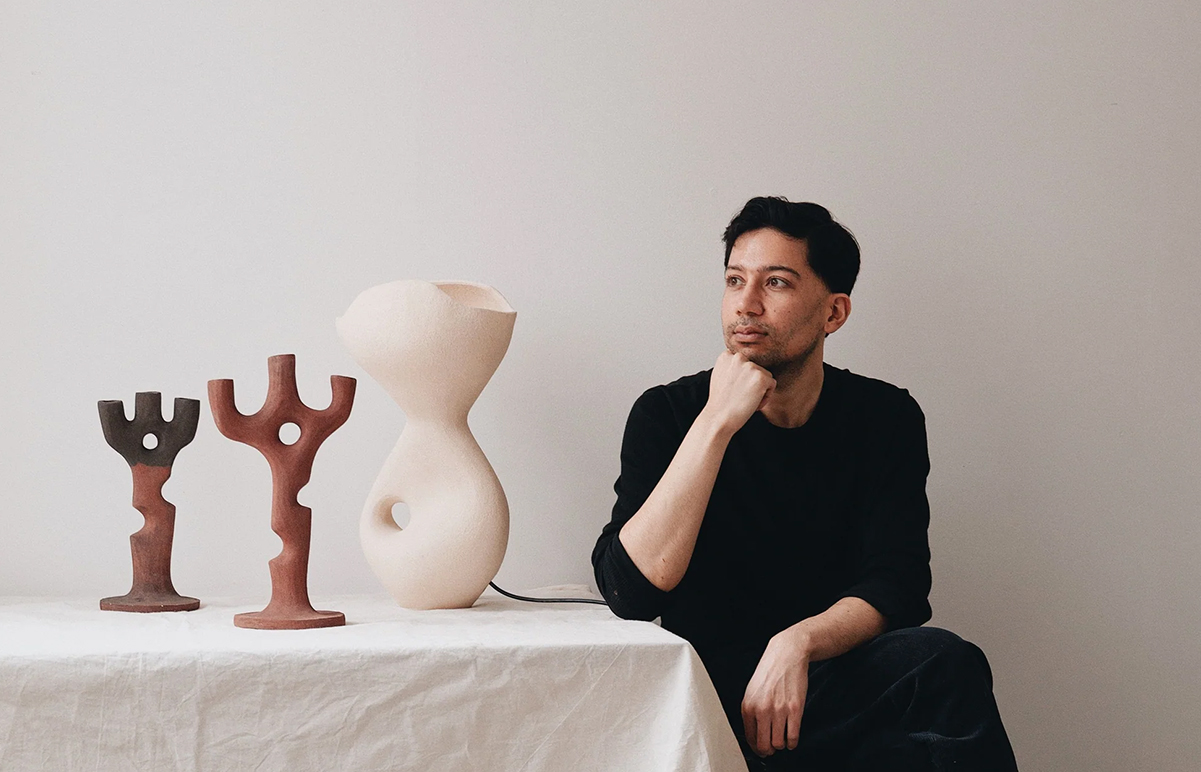
Yinterview.076 | French architectural firm Studio Razavi
Good design is like good music, it surrounds you and provides for a very specific well being. That's what I was looking to achieve for myself and others.
Studio Razavi's designs cover a wide range of or architectural services from interior design to master planning for public and private sector clients. As a company with three offices (Paris, New York and London), their project portfolio spans from Europe to the Americas, including residential, corporate, hospitality, municipal, transport and mixed-use projects.
Alireza Razavi (1970) is a registered architect in France (DPLG 1996), a licensed professional in the USA (Registered Architect NYS 2005) and a Chartered Architect in the UK (RIBA 2016). He holds a Master’s Degree from Columbia University in New York (MSAAD 1998) and a Master’s Degree from the Ecole Nationale des Arts Décoratifs in Paris (Aii 1997). Early work collaborations include Eisenman Architects, Agrest & Gandelsonas, Shigeru Ban Architects, François de Menil Architects and senior project manager at FTL-Happold in New York. Alireza Razavi is a member of the American Institute of Architects,and Selected as an AD100 Best Designer for 4 consecutive years.
Yinji:What kind of opportunity did you create Studio Razavi? Would you mind sharing your design background with us?
Razavi:After having worked in a variety of countries, I started my own practice because I wanted to create a place where design instincts could intersect with building techniques & craftsmanship. I never separate an idea from how it will take shape, the methods and tools that will be used to fabricate or to build. My sense is that the quality of all spaces and objects stems from how they were designed and built. Details are ultimately as important as the general idea and there is a lot of struggle for architects to achieve the quality they are looking for.
Yinji:Which sparked your passion for design?
Razavi:Good design made me feel good and of course it has a similar effect on most people. Good design is like good music, it surrounds you and provides for a very specific well being. That's what I was looking to achieve for myself and others. Design is also the culmination of many forces: History, Science, Geography, Society, Art... all of which I am passionate about.
Yinji:If you could summarize your design philosophy into a few keys, how would you describe it?
Razavi:It starts with looking for traces. Bits and pieces of information on where we are asked to intervene or what we are asked to design. Architecture is never an invention, rather the continuation of ancestral processes but with an ever changing context. That's why I am so into travelling and building beyond the place in which I live. Design becomes a way of understanding other cultures, meeting people and ultimately reaching a higher level of consciousness.
Yinji:When you start a new project, how do you think about it? How to get inspiration?
Razavi:I spend a lot of time looking around. I look for signs, at times the smallest trace can trigger a thought process which can lead to great ideas. The history of our own projects is also a great source of inspiration, ideas which one wants to take to a higher level of development, of detailing or simplicity. When you are an architect everything can inspire you and should ! Synthetically, one constant objective is to design spaces that will last and will age well.
Yinji:How do you think about the balance between functionality and artistry in living space?
I was in Egypt recently and there you see how 5 000 years ago functionality and artistry were one, down to every single detail. These different building parts could simply not be separated, they are here to serve each other's purpose. Of course, these were public buildings of a different magnitude nevertheless, the same level of craftsmanship can be found in the simplest hut which I believe translates in artistry. In modern constructions, this is more difficult to achieve not so much because of a technical limitation, but rather because the culture has changed. I think the work of architects and designers is to constantly strive to bring these two forces back together.
- Interiors: Studio Razavi
- Photos: Vincent Leroux
- Words: Ying
